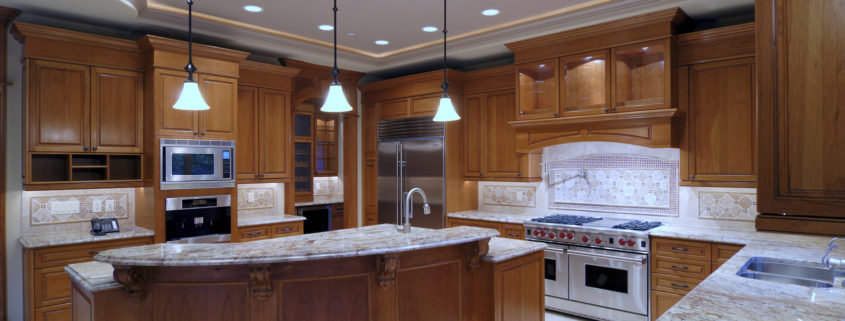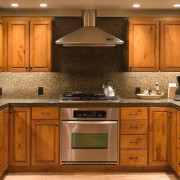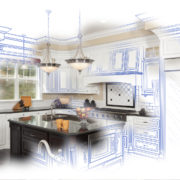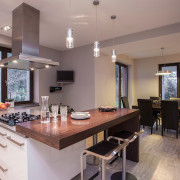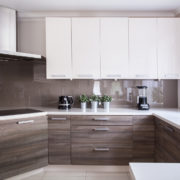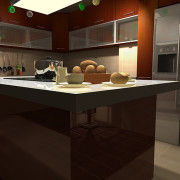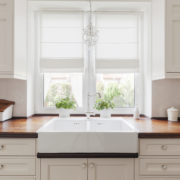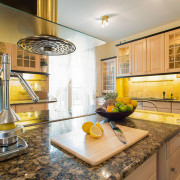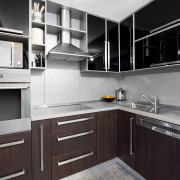Kitchen Lighting Ideas
Even the best designed kitchen will fall flat with poor lighting. A common kitchen lighting mistake it to try and light the entire kitchen with one large light fixture. This will create shadows and dark spaces in your kitchen. This will make it difficult to prepare food not to mention make it feel uninviting. Properly blending lights that serve a variety of purposes will provide the most functionality and appeal.
Task Lighting
Task lighting covers what most people first think of when it comes to kitchen lighting. However, this is not a simple matter of shining lights over common work spaces in the kitchen. You will want to ensure that your task lights are properly placed so they do not cast shadows over neighboring work stations. Proper visibility is essential for prep areas in the kitchen. Examples of where to place task lighting include under kitchen cabinets to provide light for your counters as well as over your kitchen island. Anywhere you plan on slicing and chopping food will need focused lighting. The pantry is another excellent location to add lighting.
Ambient Kitchen Lighting
Under mounted cabinet lighting can pull double duty as both task lighting and ambient lighting. It is soft glow that puts off unobtrusive light that is useful for brightening the space without drawing undue attention. These lights are often strip lights or a puck lighting system. Ambient kitchen lighting is what makes the room feel inviting and provides a warm glow.
Accent Lighting
Homeowners often overlook accent lighting, but it can add dimension and depth to your kitchen. If you have glass front cabinets, adding an accent light inside the cabinet can showcase your fine china. Another example of accent lighting is to highlight a favorite piece of art with backlights. A more traditional example of accent lighting is a wall sconce.
Decorative Kitchen Lighting
Decorative lighting, such as a chandelier, is often the most expensive as it is a show piece. You will want to ensure your decorative light fixtures match the scale of your room. A chandelier or hanging pendant lights that are too large for the space will draw too much attention and make the room feel small. Conversely, light fixtures that are too small look odd and provide negative visual distraction. Lastly, if the light bulbs in your fixture are not part of the decorative feature, be sure the shade covering it is opaque enough to hide their shape.
By layering your kitchen lighting, you can create a welcoming kitchen where people want to congregate. You can take this a step further by installing dimmers. This will allow you to adjust your kitchen lighting to suit whatever mood you are trying to achieve.

